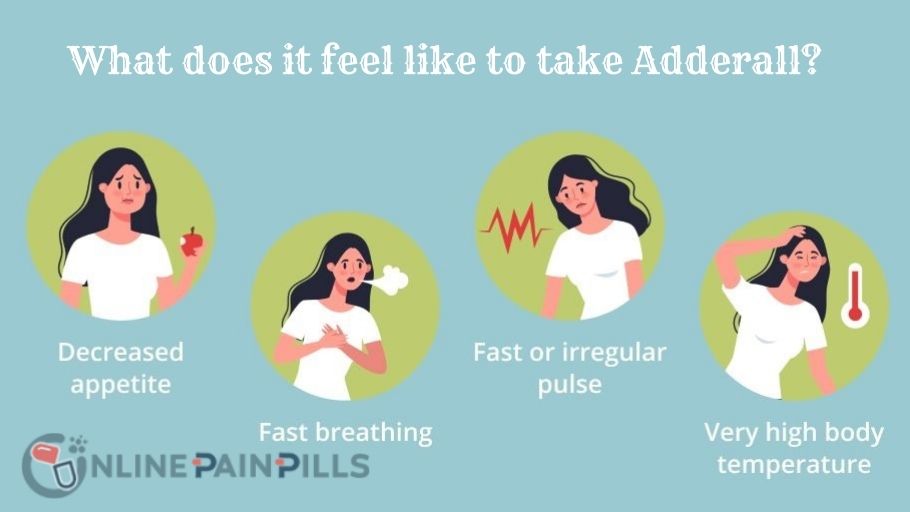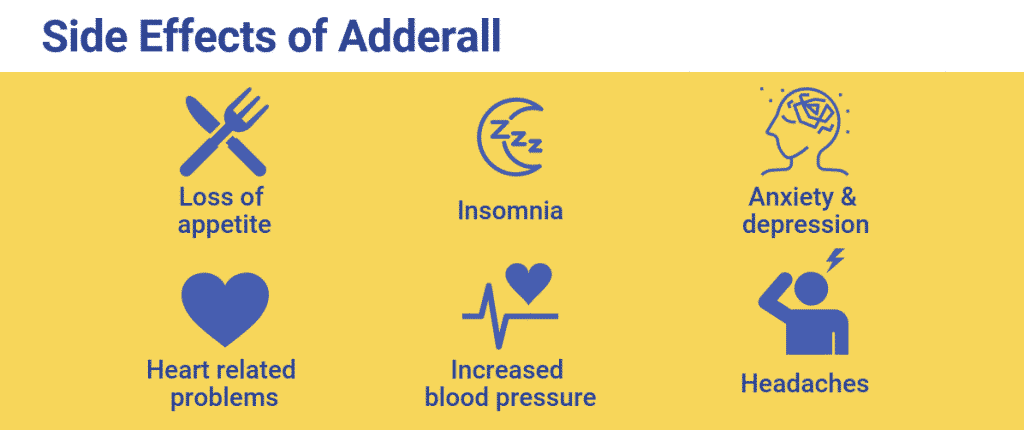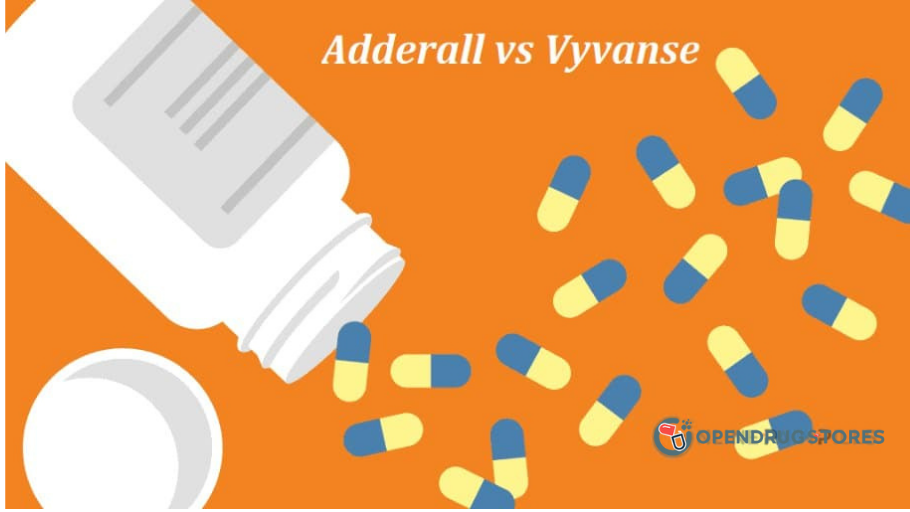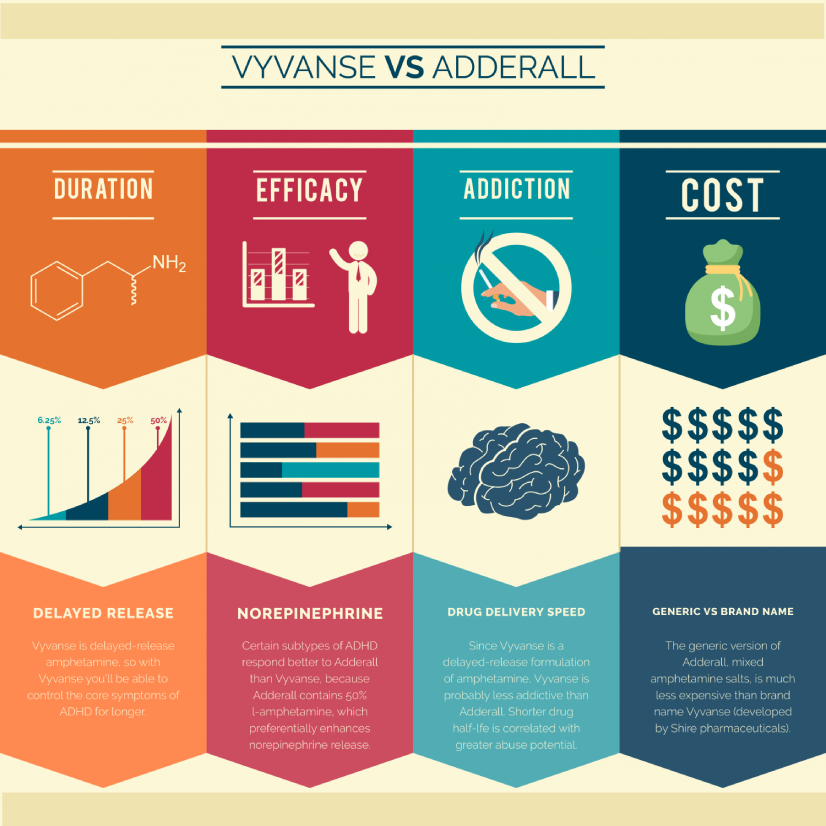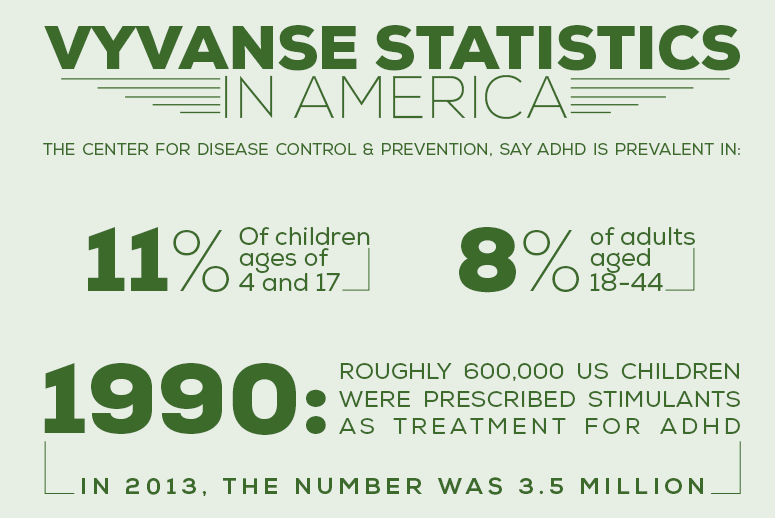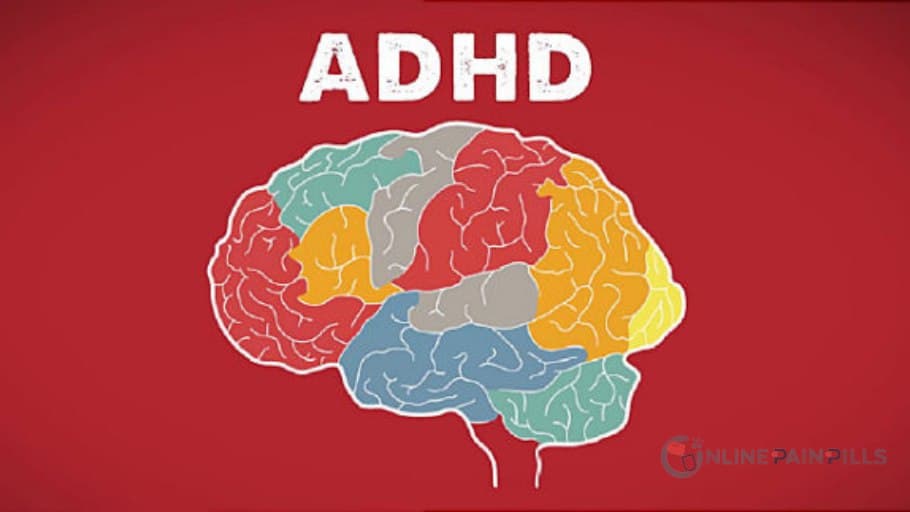What does it feel like to take Adderall?
The use of Adderall can help students and other people who need to do a large amount of work in a short period by providing a temporary boost to their focus and memory.
However, according to a recent study, Adderall does not usually significantly affect those who do not have ADHD. It can cause memory impairment, the opposite of the desired result. Using our website, you can buy Adderall online from our store if you have a prescription from your doctor.
What is Adderall?
Adderall is the brand name for a prescription drug with parts similar to amphetamine and dextroamphetamine. Aspartate, amphetamine aspartate, dextroamphetamine, and sulfate are the active ingredients in this drug. They work together to help you get better.
It is possible to become psychologically and physically dependent on Adderall, a regulated substance. It also has a significant potential for misuse or abuse because of the euphoric sensations it can create when used.
In addition to the brand name Adderall, the active ingredients in Adderall, amphetamine, and dextroamphetamine, are also available as generic prescription medicines that function similarly to the brand name drug.
Adderall is a Schedule II controlled substance that has been classified as such by the federal government. It is illegal to order Adderall online or ingest this drug without a legitimate prescription from a registered physician.
Should I be worried about taking Adderall?
It is frequently recommended that you avoid consuming alcoholic beverages within two hours of taking a stimulant such as Adderall.
The use of serotonin-related medications should be avoided since it can raise the risk of developing the condition; this includes several dietary supplements, prescription medications, and illicit substances that affect serotonin levels. Serotonin syndrome can result in sudden death as well as other serious consequences.
According to the manufacturer, people who suffer from severe agitation or panic attacks, glaucoma, kidney disease, high blood pressure, an overactive thyroid, cardiac disease, heart issues, or a heart defect should avoid taking Adderall.
Adderall can cause strokes, heart problems, and even death in people who already have a heart condition that hasn’t been treated. This is because Adderall can make the heart condition worse.
In addition, there are a variety of supplements that can be taken in conjunction with Adderall to help prevent undesirable side effects while also increasing its effectiveness. However, it is essential to inform your doctor about any medications you are taking, your family history, and any medical problems you have experienced in the past to avoid difficulties.
How to Take Adderall Safely and Effectively?
As a general rule, a prescription dose of Adderall can help with mental focus, energy, and general
performance. However, this may not be the case. Adderall is a prescription drug that the FDA must approve. It is also expensive and hard to get.
It doesn’t matter if you use Adderall to help with ADHD, study, or stay awake and productive. There are ways to make it more powerful and last longer.
Some common and effective ways to make Adderall stronger:
- Empty Stomach Adderall
- Don’t Miss Breakfast
- Vitamin C and Adderall
- Drink Water
- Maintain Sleep Patterns
Dosages of Adderall
If you give Adderall to both children and adults, the correct dose will be different, and this is because both ages can use the drug. Your doctor will tell you how much you should take, which is usually low at first but can be increased if you need to. Before this, the dosage might change from year to year. After this, the dosage is more stable for adults. It is essential to check children’s prescriptions every year to avoid problems.
A person’s Adderall dosage varies depending on their medical condition and other medications.
The adult beginning dose of the quick-release form for ADHD and sleeping difficulties is 5 mg to 10 mg, once or twice a day. The dosage will then be adjusted weekly from 5 mg to 10 mg until the appropriate result is obtained. Our website is a good place for you to get Adderall 10mg online.
It starts with 2.5 mg for kids ages 3 to 5. Then, each week, the amount is increased by 2.5 mg until the correct dose has been reached.
With the Adderall XR slow-release capsule formula, for adults, the dose is 20 mg once a day and can be increased until the ideal amount is reached. It starts at 5 mg to 10 mg per day for kids, and the dose keeps going up and up until the desired effect is achieved.
Where can I buy Adderall online?
If you are looking for an effective way to boost your productivity, look no further than Adderall. This medication is a stimulant and can help you stay focused and motivated. If you are looking to purchase this medication online, consider opendrugstores.com. Here, you will find various options that will fit your budget.
Purchasing Adderall online from our website is one of the safest and most reliable methods accessible, and you can choose from a wide variety of brands and types of Adderall. You may want to consider opendrugstores.com if you look for Adderall for sale.

